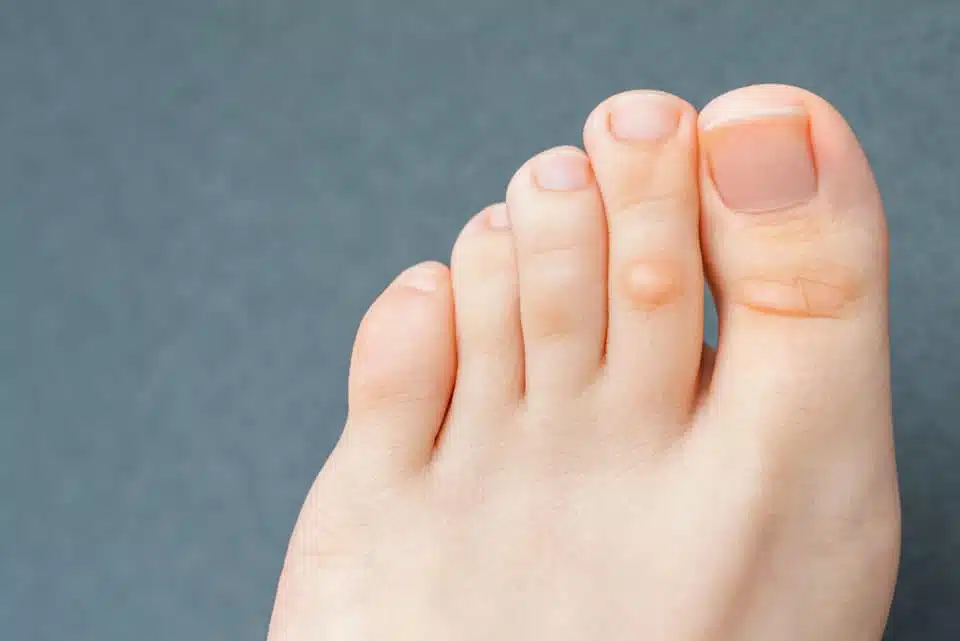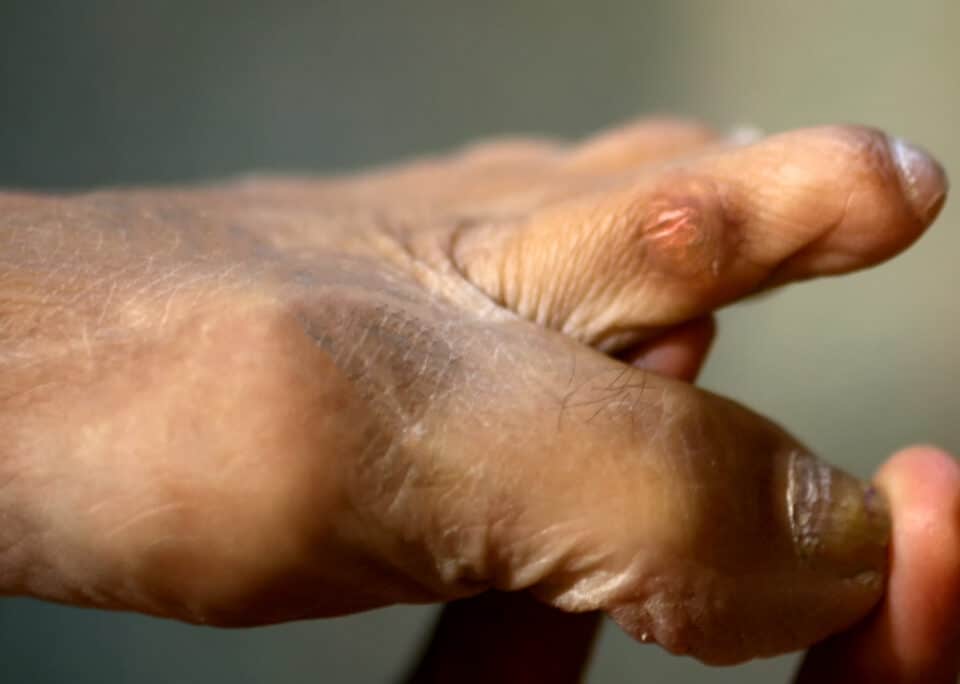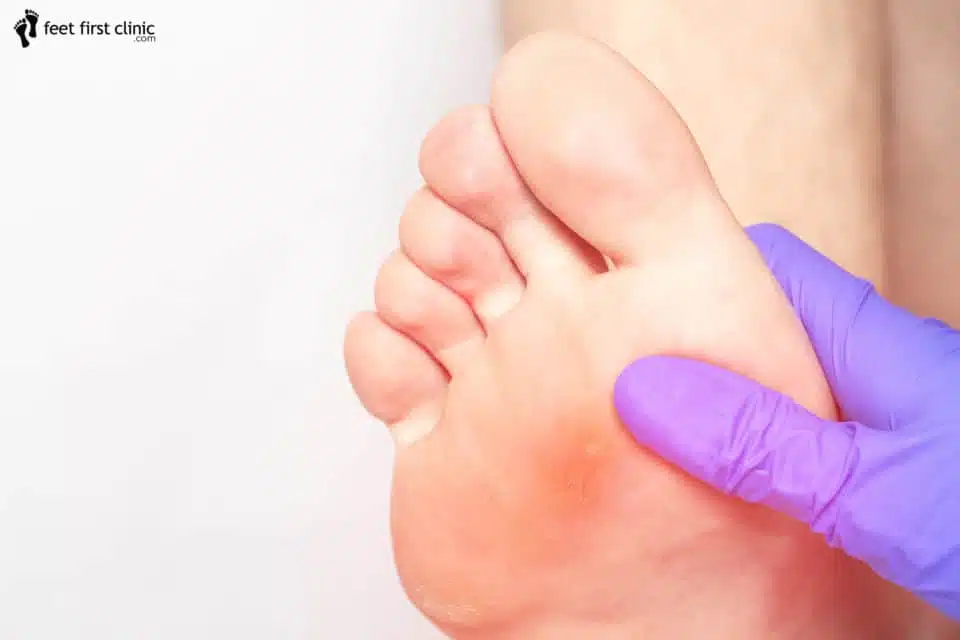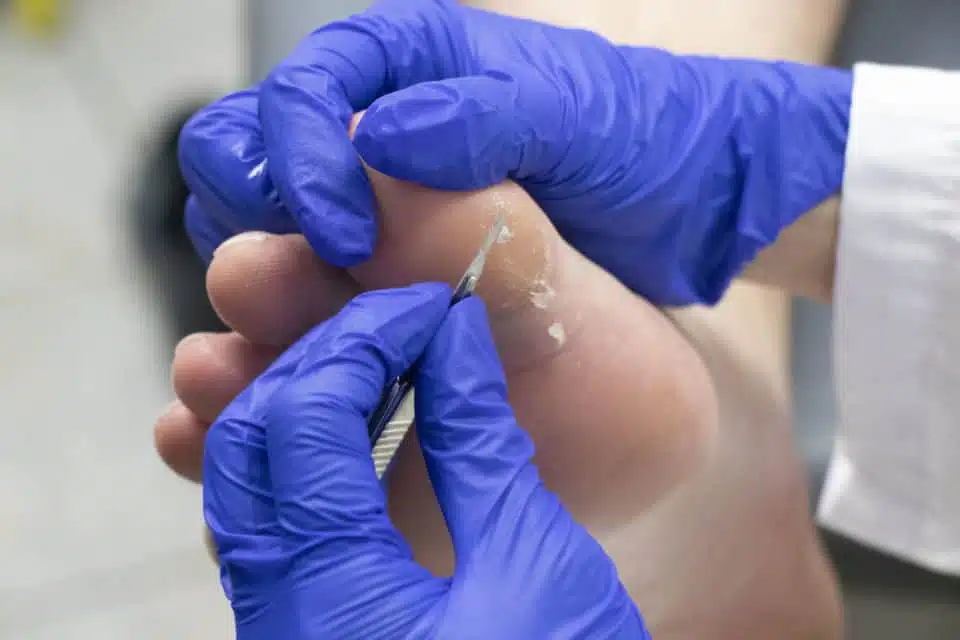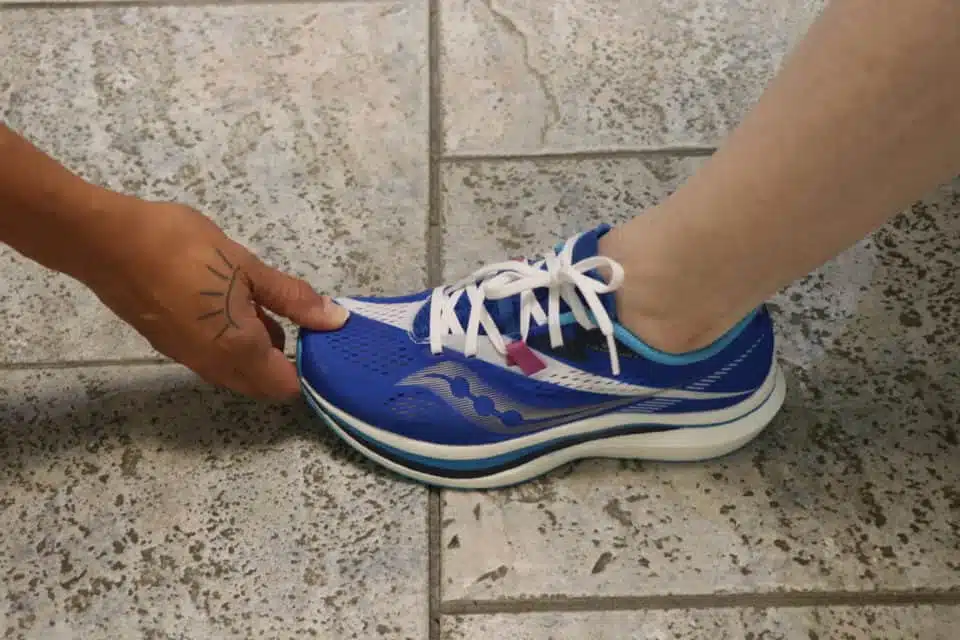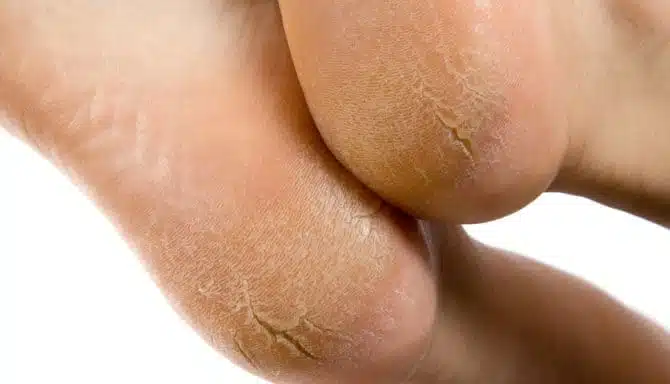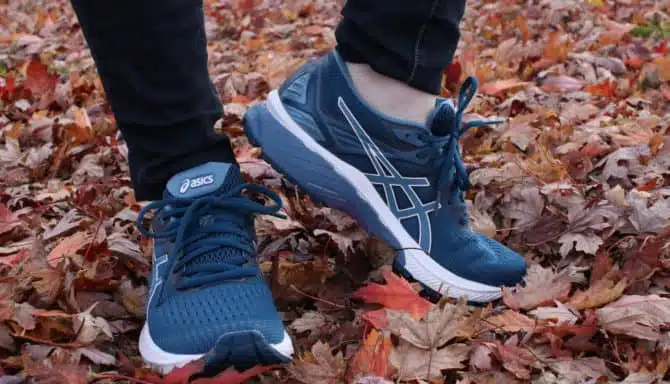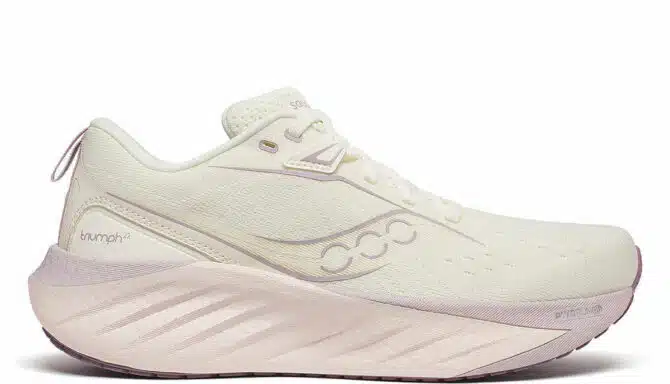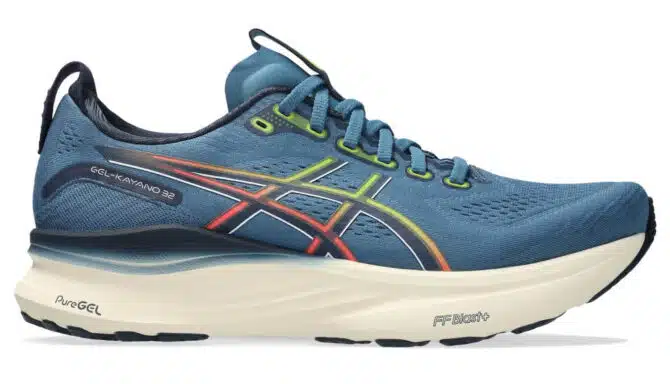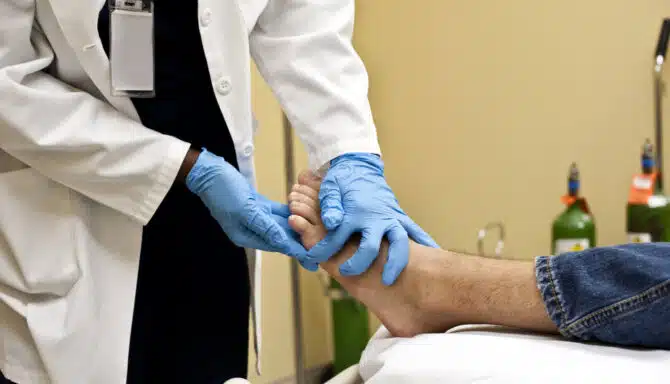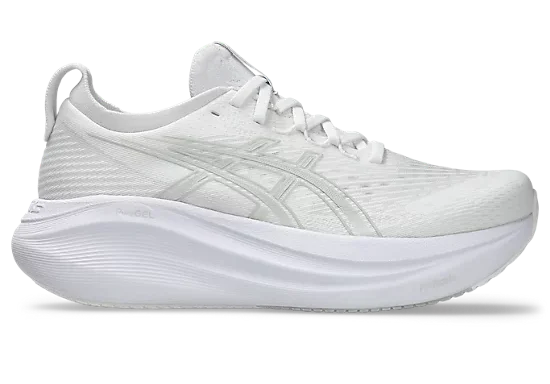Do you have pain on the top of your foot accompanied by a small, hard lump? Or perhaps you notice the same feeling on or in between your toes, but the lump is softer? You think to yourself it could be a plantar wart or a foot callus, or perhaps a foot condition you never even heard of before. In fact, there is another condition that may be the culprit: foot corns.
Corns are little nuisances that have some similarities to calluses and warts. They are generally caused by friction, pressure and your shoes rubbing against vulnerable areas of your feet. Corns are typically painful and, depending on the type, hard or rubbery. Let’s learn as much as we can about corns, including what causes them, the different types of corns, and how to treat them!
What Are Corns?
A corn is an area of round and painful skin with a thick hardened centre (called the “core”) and an inflamed surrounding area. They may feel hard, rubbery or soft, depending on the type. Their small, circular appearance and hardened feel resemble pieces of corn, hence the name. That said, the medical term for a foot corn is a heloma, or a “focal intractable plantar hyperkeratosis,” according to the National Center for Biotechnology Information.
Corns tend to affect areas of the foot with thinner skin, differing from many other foot conditions that affect the areas of the foot that bear the most weight. Since a corn is technically a callosity, many people may confuse one with a callus.
What Is The Difference Between a Foot Corn And a Foot Callus?
General knowledge about corns is always useful, especially if you suspect you have one. One thing to note is the main differences between a foot corn and the slightly similar foot callus. Mayo Clinic notes the following key differences between the two:
- Corns are smaller and have a defined hardened centre.
- Corns can be painful, while calluses generally are not.
- The shape of calluses can vary, and they are more “spread out.” Corns are always a rounder shape.
Types of Corns
There are three types of corns: hard corns, soft corns and seed corns.
Hard corns are – as you may have guessed – harder and thicker than the other types. Hard corns are generally what first comes to mind when we think of foot corns, and have the yellowish/beige colour you might expect from a corn. Hard corns form on the top or side of the toes, which are both areas with more bone pressure against the skin. A large area of thick skin usually surrounds a hard corn.
Soft corns are more “squishy” than hard corns and have a whiteish/grey tint. These corns are commonly found between the toes and have a rubbery texture. According to HealthLink BC, soft corns may form when “sweat is trapped where the corn develops.” Because they are softer, one may confuse a soft corn with a blister. However, they are very different: Blisters are filled with fluid, whereas soft corns are not.
Lastly, there are seed corns. Seed corns are tiny and located on the bottom of the foot, often on the soles. It’s important not to confuse a seed corn with a plantar wart. One way to tell the difference between a corn and a wart is by noting any size changes. Seed corns typically remain tiny, while plantar warts can become larger. Furthermore, plantar warts sometimes have black or brown dots inside them, or “wart seeds.”
What Causes Corns?
Like calluses, the main offenders behind corns are friction and pressure. That is why they tend to develop in areas on the foot that are vulnerable to friction and pressure. Hard corns develop when friction and pressure damages the outer layer of the skin. The body tries to protect the area beneath the damaged skin by forming a hard surface. Numerous factors can contribute to the development of foot corns. These include:
- Wearing shoes that are ill-fitting and frequently rub against your feet. Examples include tight running shoes and high heels. Specifically, shoes that are too narrow can cause friction against areas that are more vulnerable to foot corns. This includes the top of your feet and the top and side of your toes.
- Wearing shoes without socks. This leads to excessive friction between your skin and your shoes. High-quality socks can protect your feet from excessive friction.
- Having a pre-existing foot condition that alters the normal alignment of the bones in your feet, such as hammertoes or bunions.
- Spending too much time barefoot.
- Your gait may contribute to corn development if you place excessive pressure on the edges of your feet when you walk.
- Playing sports without proper footwear.
- Wearing ill-fitting or non-protective socks.
How Can You Prevent And Treat Corns?
Luckily, foot corns are very easy to treat. Sometimes they may go away on their own, but if your corn is disruptive and causing you pain, a visit with a Toronto foot specialist should clear the problem right up. Chiropodists can safely remove corns by shaving them down with sterilized tools (do not try this at home!). A chiropodist can also ensure aftercare by applying moisturizer and ointment to the affected area. The treatment is painless and should provide immediate relief. Corns can come back, so follow-up treatments may sometimes be needed.
To help prevent your corns from coming back – or prevent them altogether – we strongly recommend ditching shoes that are too narrow or constricting. In order to reduce friction, all your shoes should provide enough room in the toe box and accommodate your foot width. This will also help you recover faster from the corns you currently have. The knowledgeable staff at Feet First Clinic can help you find quality shoes that fit properly so your feet won’t be plagued by corns – a service that sets Feet First Clinic apart from the rest! Be sure to check out our footwear product catalogue for ideas for your next pair of comfy shoes!
Other treatment and prevention options include toe protection products, which pad the parts of your foot most vulnerable to corns. A good foot care regime will also go a long way towards preventing corns, as well as calluses and many other common foot conditions: Soaking your feet in warm water and using a foot file helps remove excess dead skin, while moisturizing daily helps strengthen the resiliency of the skin on your feet.
